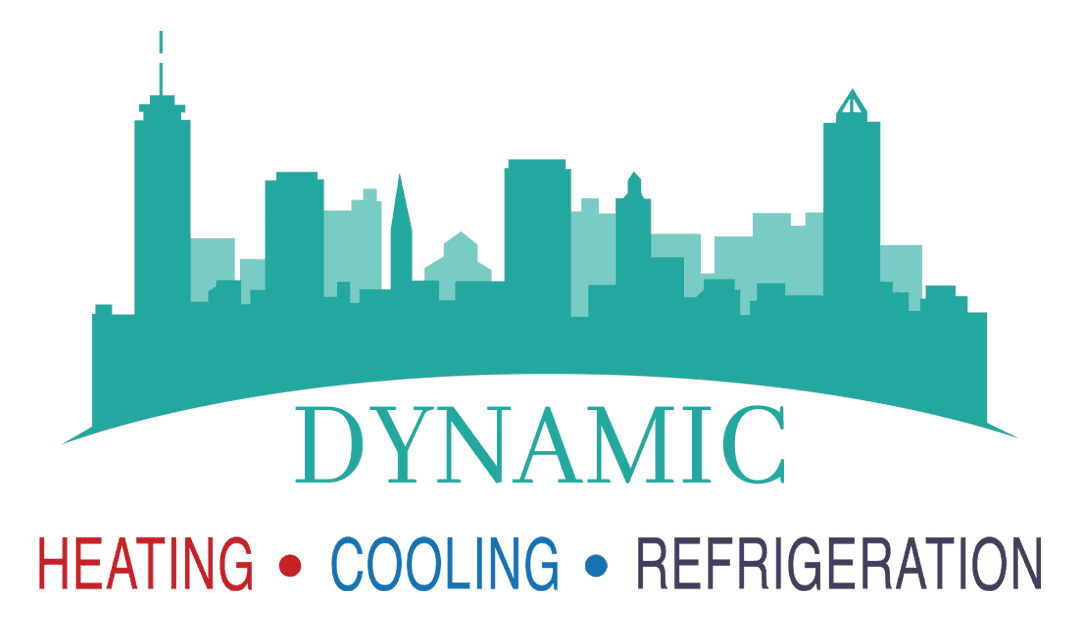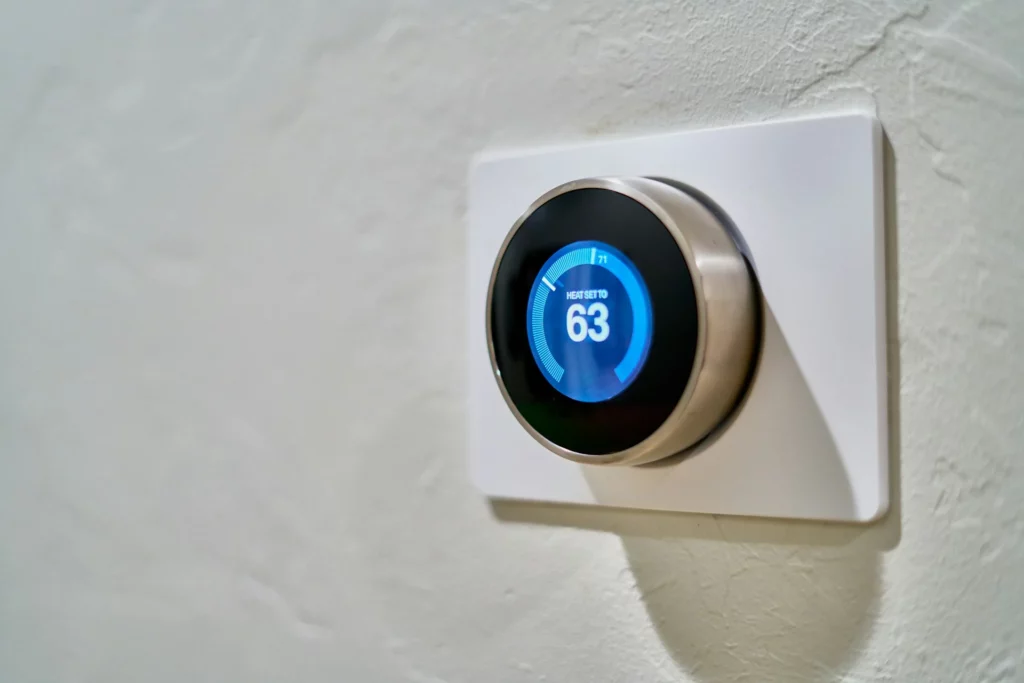When it comes to maintaining a comfortable and healthy indoor environment, an Energy Recovery Ventilator (ERV) system is a game-changer. Did you know that the air inside your home can be up to five times more polluted than the air outside? This is where an ERV system steps in, ensuring clean, fresh air circulates throughout your home without wasting energy. In this comprehensive guide, we’ll explore the details of what an ERV system is, its benefits, how it works, and why it’s essential for modern homes. Whether you’re considering an ERV system for your home or just curious about how these systems work, this post will provide all the information you need.
What is an ERV System?
An ERV system, or Energy Recovery Ventilator, is an advanced air exchange system designed to enhance indoor air quality while saving energy. Unlike traditional ventilation systems, an ERV system transfers both heat and moisture between incoming and outgoing air streams. This process makes it an efficient solution for maintaining indoor comfort throughout the year. Whether you’re dealing with hot, humid summers or cold, dry winters, an ERV system ensures your home remains comfortable and energy-efficient.How Does an ERV HVAC System Work?
An ERV system works by utilizing two fans to create separate air streams. One fan draws fresh outdoor air into the home, while the other expels stale indoor air. During this process, the system transfers heat and moisture between the two air streams. In summer, it precools and dehumidifies the incoming air. In winter, it preheats and humidifies it. This preconditioning reduces the load on your HVAC system, making your home more energy-efficient. Check out our blog page to learn more about HVAC-related home systems and appliances.Components of an ERV System
The key components of an ERV system include:- Heat Exchanger: This critical component transfers heat and moisture between the air streams, ensuring energy efficiency.
- Fans: These are essential for moving air in and out of the home, facilitating the air exchange process.
- Filters: High-quality filters remove contaminants, allergens, and pollutants from the incoming air, ensuring clean and healthy indoor air.
Benefits of an ERV System
Energy Efficiency
One of the primary benefits of an ERV system is its energy efficiency. By transferring heat and moisture, the system reduces the load on your HVAC system, potentially allowing for smaller units and lowering energy bills.Improved Indoor Air Quality
ERV systems filter out pollutants, allergens, and contaminants, ensuring the air inside your home is clean and healthy. This is particularly beneficial for those with allergies or respiratory issues.Humidity Control
Maintaining the right humidity level is crucial for comfort and health. An ERV system helps regulate indoor humidity, preventing issues like mold growth and structural damage.Cost Savings
While the heat recovery ventilation system cost might seem high initially, the long-term savings on energy bills and reduced HVAC maintenance make it a worthwhile investment.Types of ERV Systems
Energy Recovery Ventilators (ERVs) come in various types, each with unique mechanisms for transferring heat and moisture between air streams. Understanding these types can help you choose the best ERV system for your needs, ensuring optimal indoor air quality and energy efficiency.- Static-Plate Core: Static-plate core ERVs, like the Panasonic ERV, use a fixed core to transfer heat and moisture between the air streams. These systems are known for their reliability and efficiency.
- Rotating Wheel: Rotating wheel systems, such as those found in Venmar heat recovery ventilators, use a rotating wheel to transfer heat and moisture. These systems are highly efficient but require more maintenance than static-plate core systems.
- Desiccant Wheel: Desiccant wheel ERVs use a wheel coated with a desiccant material to transfer moisture. This type is less common in residential applications but is highly effective in commercial settings.
Choosing the Best ERV System
Factors to Consider
When selecting the best air exchanger for your home, consider the following:- Climate: Different ERVs perform better in specific climates. For example, the best air exchanger Canada homeowners might choose could differ from those in warmer climates.
- Energy Efficiency: Look for systems with high energy recovery ratings.
- Filtration: Consider systems with advanced filtration options, such as HEPA filters.
Top Picks
Some of the best heat recovery ventilators on the market include:- Panasonic Heat Recovery Ventilator: Known for its efficiency and reliability.
- Venmar Heat Recovery Ventilator: Offers high-performance and advanced features.
- RenewAire ERV: A popular choice for its robust design and efficiency.


